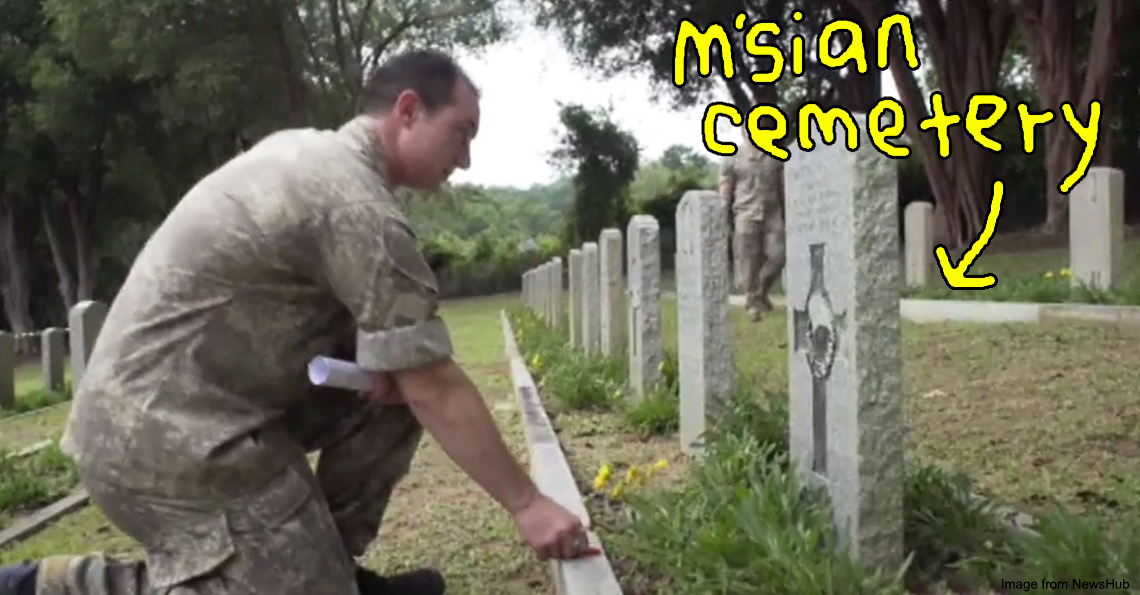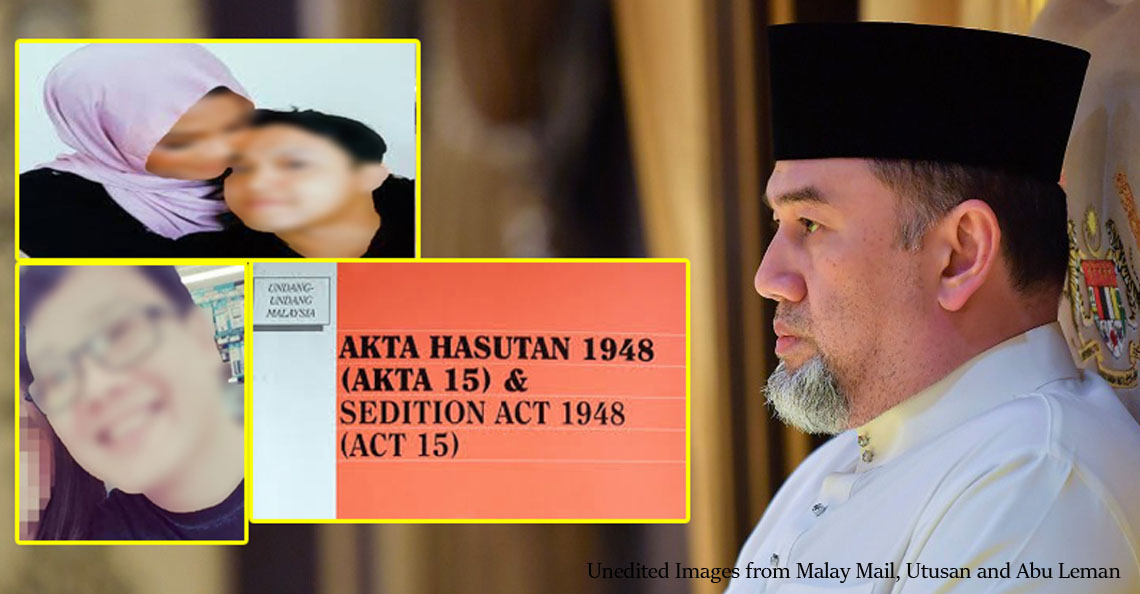The Ramadan date announcer on TV also guards an important royal object
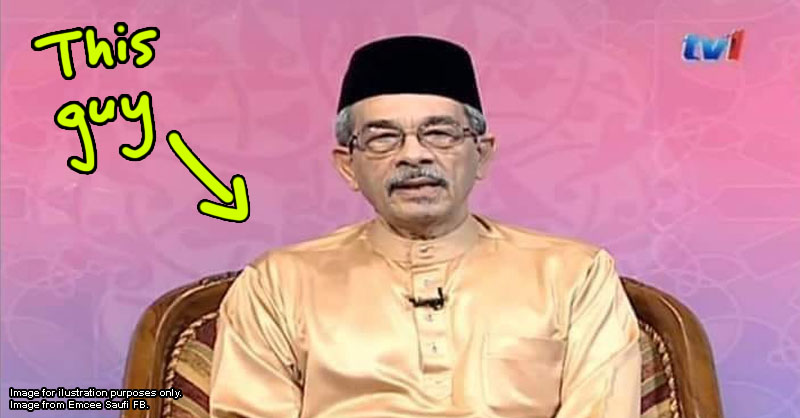
- 1.3KShares
- Facebook1.2K
- Twitter11
- LinkedIn15
- Email16
- WhatsApp51
With another year comes another month of Ramadan, and with that, the announcement of the commencement of the holy month by the Keeper of the Ruler’s Seal on national TV. Oh, and he also does the announcement for the Hari Raya Aidilfitri date every year.
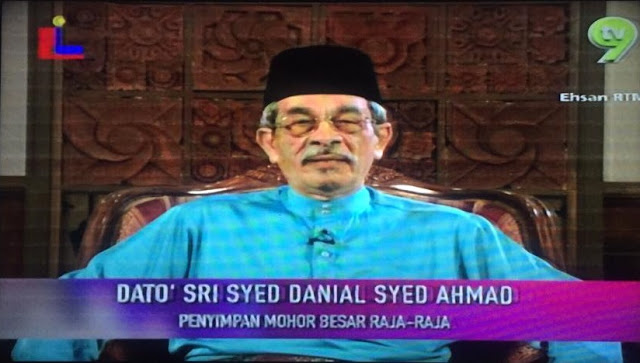
But have you ever wondered who exactly the Keeper of the Rulers’ Seal is, what exactly he does, and where his job title came from? To be honest, even we didn’t know (shame, boo hoo), so we decided look it up to find out, and as it turns out, the Keeper of the Rulers’ Seal’s job is even cooler than we initially thought…
The Keeper of the Rulers’ Seal used to have a LOT more power in government
First established in 1948 as a sort of ‘management’ position within the Malay royal institution, the Keeper of the Ruler’s Seal (‘Pemegang Cop Mohor Raja-Raja’ in Malay) was originally a senior government post, equal in stature to a State Mentri Besar. However, the post was reduced to a largely ceremonial one following independence, although it still serves a relatively high functional role in the palace and government.
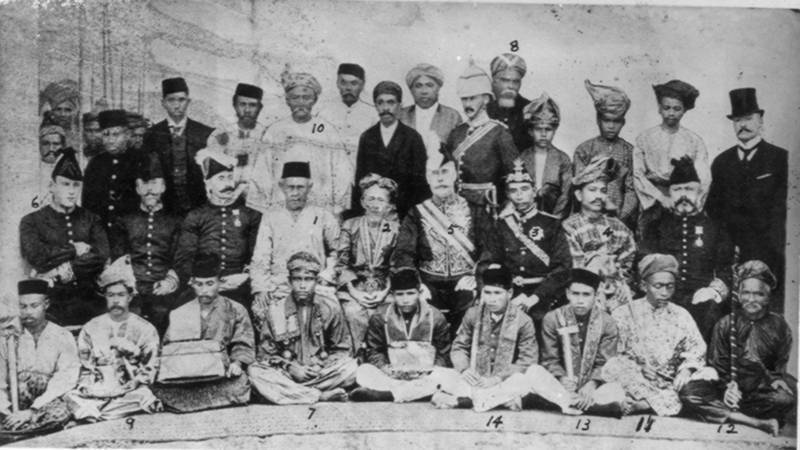
Today, the office of the Keeper of the Rulers’ Seal is run by 13 members, who basically serve as a sort of secretarial team for the Malay Rulers. This office also does A LOT of other important things which involve the monarchy (which we’ll go into in a bit), and is headed of course by the Keeper himself.

But what, you might wonder, is the Rulers’ Seal? Well, the Ruler’s Seal is actually two royal stamps which serve as the symbol of the Malaysian monarchy. These stamps are used by the Conference of Rulers to sign off on every official document they release.
According to our Constitution:
“Any consent, appointment or advice of the Conference of Rulers required under this Constitution shall be signified under the Rulers’ Seal…” – Article 38(1), Fifth Schedule, Constitution of Malaysia 1957
The same article within the Constitution also states that the Rulers’ Seal “shall be kept in custody of a person appointed by the Conference… (who) shall be known as the Penyimpan Mohor Besar Raja-Raja (Keeper of the Rulers’ Seal),” hence the title of the post.
Interestingly, like with most of our governmental structures, the concept of the Malaysian version of the Rulers’ Seal has its beginnings in British royal tradition; it was derived from the Great Seal of the Realm, the royal seal of the British monarchy. In fact, both of our Seal stamps were made in England in 1949 at the cost of £211.10 (worth about £7,508.85 today). They both carry the coat of arms of the 9 states with a Malay Ruler, as well as the words ‘Mohor Besar Raja-Raja Negeri Melayu’ in Jawi text.

Of course, as we mentioned earlier, the Keeper’s job is not simply limited to taking care of a pair of stamps: he also acts as the Agong’s and Conference of Rulers’ personal secretary, as well as being the person who convenes the Conference of Rulers. But perhaps more crucially…
The Keeper is in charge of distributing, collecting and counting ballots for Agong elections
Since our monarchy system is turn-based and rotational rather than a hereditary one, the election process doesn’t use the typical first-past-the-post voting method which we use for our General Elections, but rather the votes are simply to determine whether or not the Rulers deem the next-in-line candidate fit for the throne.
(Think of the Keeper as the royal version of the Election Commission, except there is always only one candidate running.)
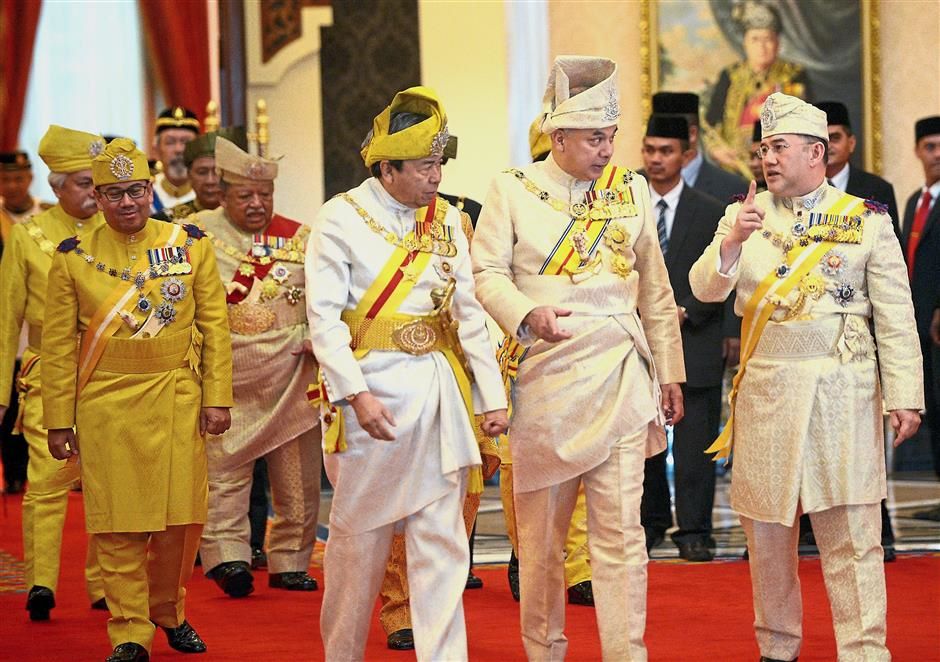
Prior to the election, the Keeper will write to every state Ruler to enquire on whether or not he desires to be nominated to the posts of Yang di-Pertuan Agong and Deputy Yang di-Pertuan Agong respectively. Those who decline nomination can notify the Keeper, and their states will be placed last on the nomination list.
During the election (done via secret ballot), the Keeper will distribute the ballots to the Rulers, and each Ruler can vote. Then, the Keeper will count the votes along with the Agong and the most junior Ruler who is unlisted as a nominee. Once the nominee has the required majority of five votes (failing which the process will be repeated with the next-in-line after the failed candidate), he has to officially accept the offer of office of Agong and assume the throne.
The Keeper will then notify the Senate, House of Representatives and PM of the election results, before the PM issues a press statement confirming the election of the new Agong.
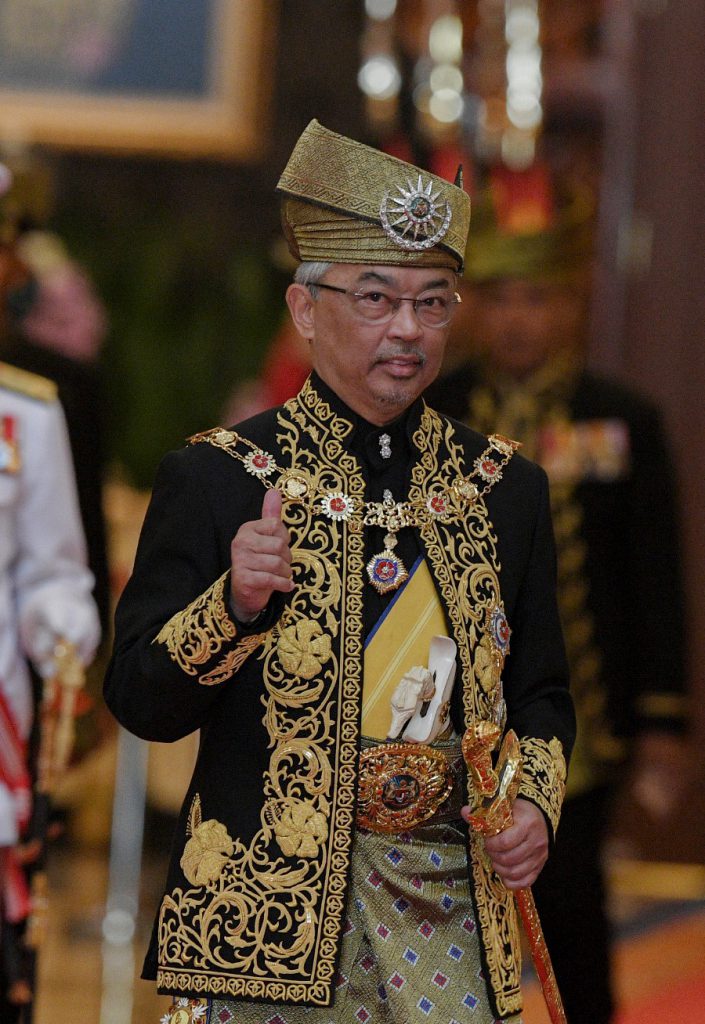
A tough and high-pressure job for sure, but the remarkable thing is that the same person has been holding the Keeper’s job since 2011!
His name is Tan Sri Syed Danial Syed Ahmad
Tan Sri Syed Danial Syed Ahmad, a Master’s Degree holder from the University of Wisconsin, previously held the relatively minor posts of Datuk Paduka Maharaja Lela (Grand Chamberlain) and Datuk Pengelola Bijaya Diraja (Head of Palace Management, before getting the Keeper job 12 years ago, which he holds to this day.
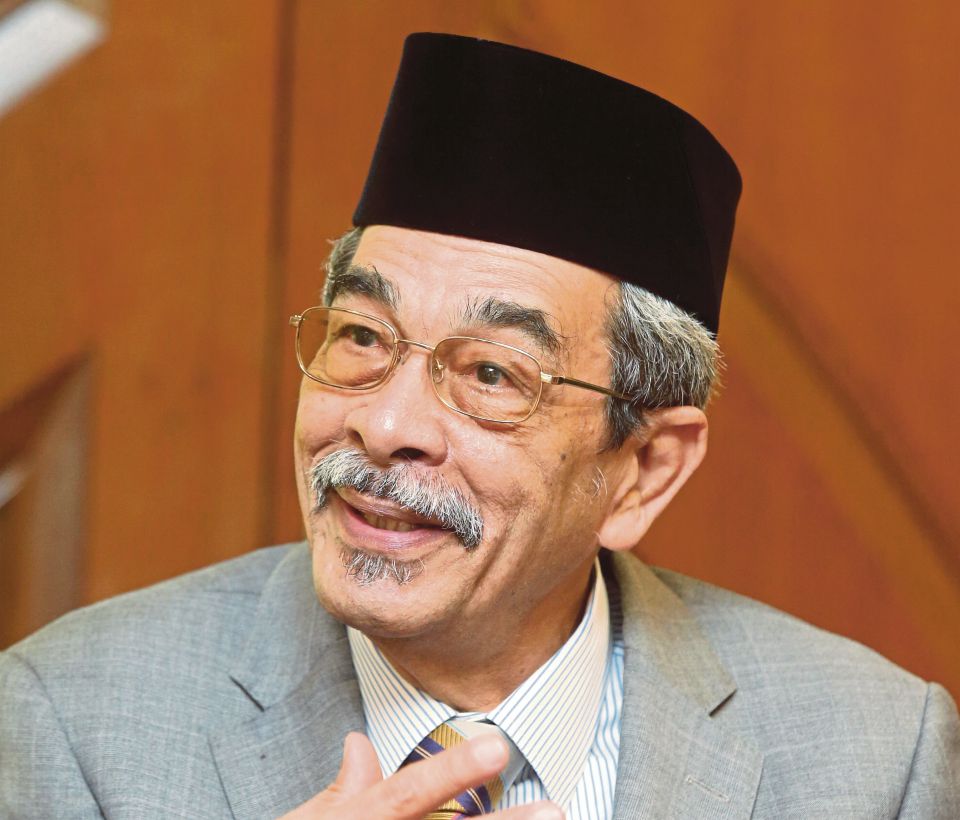
Of course, having served for so long, Tan Sri Syed Danial has gathered his fair share of admirers, and has become somewhat of a social media star in his own right in recent times. For 2020’s Raya, he became the subject of a fun game netizens played, where they tried to predict the next colour of his Baju Melayu for his Raya address on TV.
However, despite his illustrious career as Keeper of the Rulers’ Seal, mistakes happen to the best of us, and Tan Sri Syed is no exception.
In 2019, during the swearing-in ceremony of our current Yang di-Pertuan Agong, Tan Sri Syed was unlucky enough to forget the name of the Raja Perlis mid-speech, sighing in exasperation before defaulting to simply using the title ‘Raja Perlis’.
Fortunately for him however, the Rulers present appeared to have taken it in good nature, with Selangor’s Sultan Sharafuddin Idris Shah attempting to verbally help the man out, while Terengganu’s Sultan Tuanku Mizan Zainal Abidin appeared to force back a smile. Tan Sri Syed later apologised for this though, so it’s all good, bless him.
You can watch that here:
The Keeper of the Rulers’ Seal is yet another example of the functional role of the monarchy
As mentioned earlier, although our constitutional monarchy holds a largely ceremonial role in government, there are actually lots of crucial functions it plays in our country, which we’ve written about before.
For one, it’s still important in maintaining national harmony and checks-and-balances in our national government, as can plainly be seen in Tan Sri Syed’s call to preserve the image of moderate Islam on behalf of the Conference of Rulers, as well as the appointment of then-PM Muhyiddin Yassin to fill the void left by Tun Dr. Mahathir.
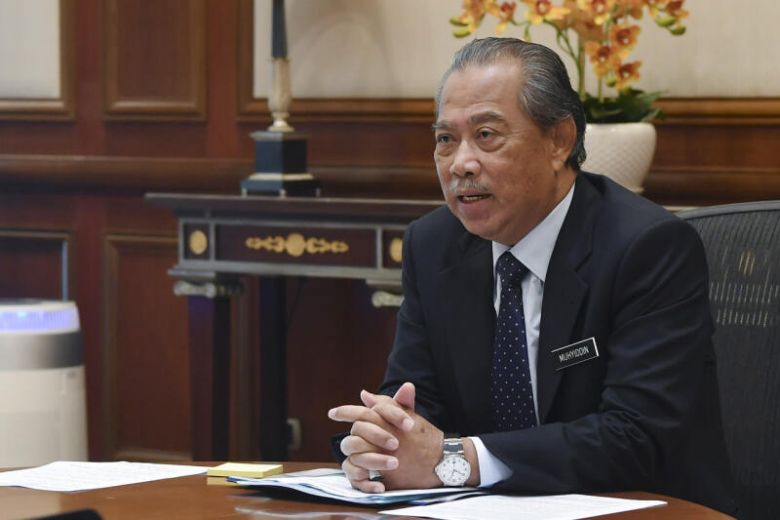
In any case, although he isn’t the longest-serving Keeper of the Rulers’ Seal in Malaysian history (the previous one served a whopping 22 years!), Tan Sri Syed Danial’s 12 years of service in the role is definitely no mean feat. Alongside all his other contributions, we’ll probably always remember him fondly as the person who brought the joy of Ramadan and Aidilfitri to Malaysians during one of the toughest times in our nation’s history.
[This article was published on 27 May 2020 and updated on 22 March 2023]
- 1.3KShares
- Facebook1.2K
- Twitter11
- LinkedIn15
- Email16
- WhatsApp51

